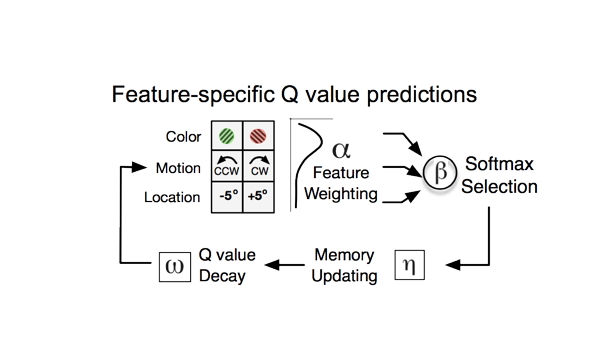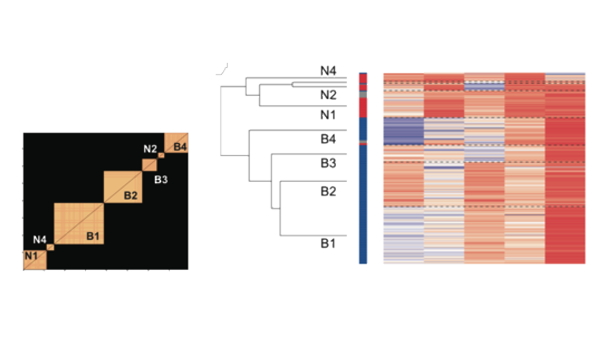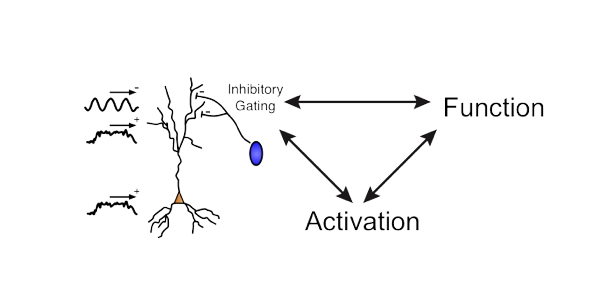We published a new unity based software platform for profiling cognitive and motivational constructs in nonhuman primates and humans. The platform has multiple pre-configured tasks with some gamified features that makes them engaging to play for participants. Details are described and linked on the website: http://m-use.psy.vanderbilt.edu. The technical details are available in Watson et al. (2023) A multi-task platform for profiling cognitive and motivational constructs in humans and nonhuman primates. 1-48; bioRxiv; https://www.biorxiv.org/content/10.1101/2023.11.09.566422v1.
The platform is open source and well documented for users and for potential developers who want to extend the platform.







